
Orcinus orca: How a tragic stranding helped us dive into the killer whale genome
Say “killer whale” or “orca” to someone, and they probably picture penguins being picked off ice flows in the Southern Ocean or sea lions fleeing onto the beaches of California. But these skilful hunters also live much closer to home.
The Darwin Tree of Life project has now published a high-quality, chromosome-level reference genome for the apex ocean predator, Orcinus orca. Dr Andy Foote, based at NTNU in Norway, sourced the killer whale samples for Darwin Tree of Life’s genome.
Andy has been researching killer whales for over two decades, and describes three distinct populations he has encountered in British and Irish waters, which he describes as “a bit of a killer whale crossroads”.
“We see a number of different groups using these waters,” explains Andy. “And some of them are fairly stable, coming back year after year. So they’re very much a native species.”
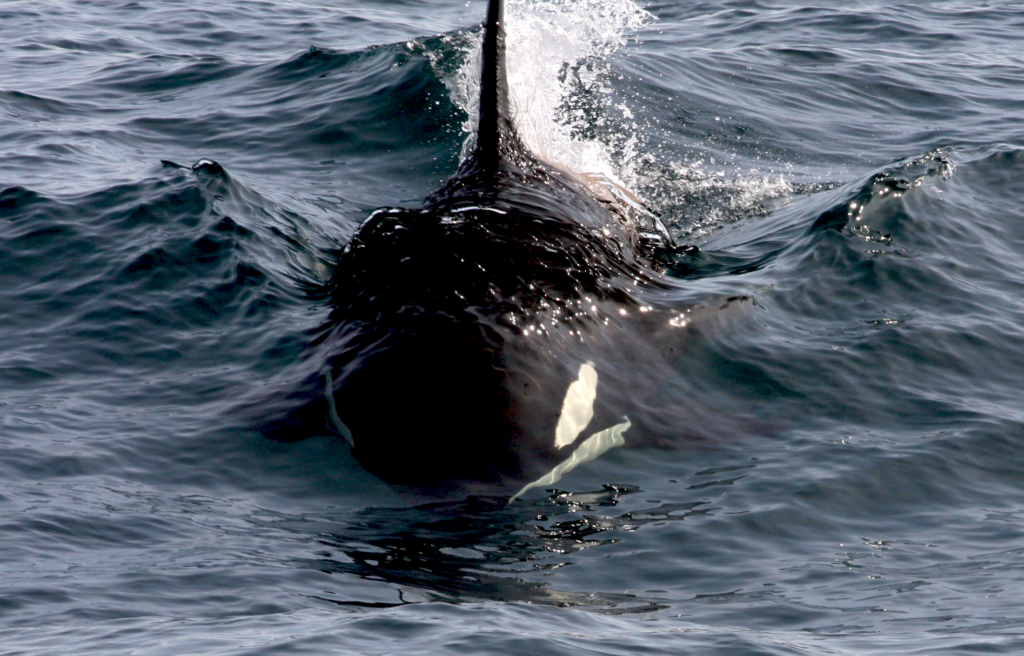
A British and Irish species: our local killer whales
| Population | Location | Diet | Extra facts | |
| West Coast Community | Up to 10 around 15 years ago – now only two. | Mostly spotted along the west coast of Scotland, but range down to western Ireland, Wales, eastern Scotland and even occasionally Cornwall. | Spotted eating porpoises. Difficult to observe whether they also eat fish. | One died after being entangled in rope, and later stranded. Short-read genome sequence data showed high levels of inbreeding. |
| Prey-switchers visiting from Iceland | Hard to tell – but sightings are increasing. | Travel to Shetland in the summer from Iceland. | Shetland’s seals and occasionally eider ducks. But in Iceland they seem to eat herring and totally switch hunting behaviours between the two locations. | This group comes right up to the rocks on the Shetland coast. |
| The mackerel snatchers | Up to 40 individuals spotted at once. | Scottish fishing lanes. | Mackerel from fishing trawlers. | Take the easy pickings of mackerel escaping the fishing nets. |
Orca evolution
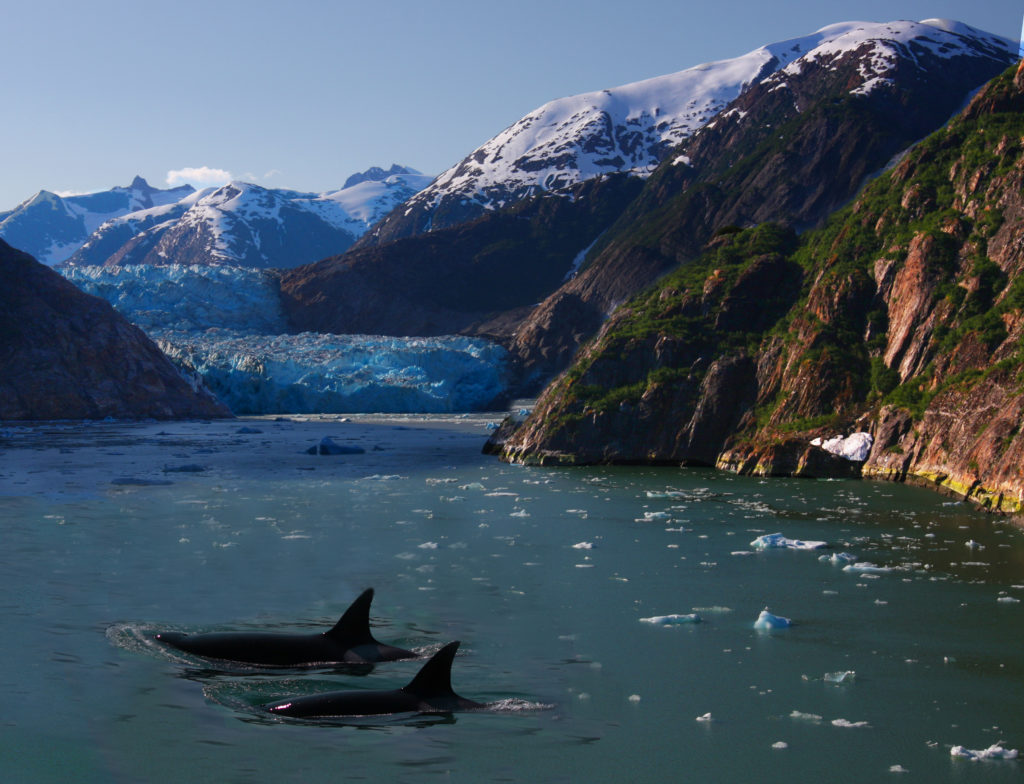
Over thousands of years, orcas have diversified into different ‘“ecotypes’” with distinct behaviours – some groups eat fish and others eat marine mammals such as seals. The fish-eating killer whales off the west coast of Canada are more closely related (in evolutionary terms) to fish-eaters in Europe than they are to the seal-eaters that live alongside them in the Pacific.
Killer whales’ evolutionary timeline is very similar to humans. The earliest known common ancestor of all living killer whales existed around 150,000 years ago – just like our own. Since then, they have spread just as far as our species, living from Antarctica to the Arctic and in all of the waters in between.
Darwin Tree of Life’s new reference genome will help illuminate all these areas and more.
Morgan’s stranding: a sad tale with a scientific silver lining
Being incredibly mobile ocean predators, it is tricky to get tissue samples from wild orcas. To get a high-quality genome assembly requires a living specimen – so dead animals that wash up won’t do either.
Morgan’s tragic case in 2010 provided a rare opportunity. She was rescued after becoming stranded on a beach in the Netherlands, and taken to the Dolphinarium in Harderwijk. Judging by her size, Morgan was still very young.
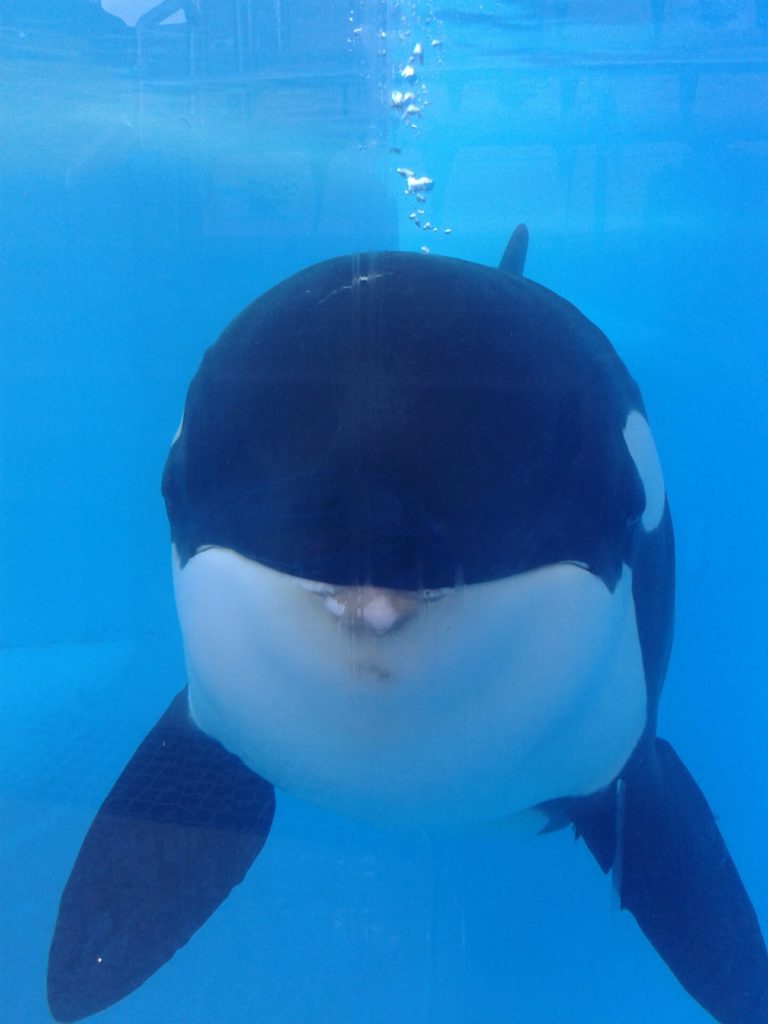
Andy Foote was initially brought in to identify the killer whale population to which Morgan belonged. Using genetics, and the expertise of a colleague, Dr. Filipa Samarra, who managed to identify the ‘family dialect’ of Morgan’s calls, they discovered that Morgan belonged to a Norwegian group of herring-eating orcas.
The team at Harderwijk has a history of rehabilitating porpoises into the wild. But this was a more difficult proposition for Morgan. “Killer whales are very group based, they tend to stay with their mother for life. And the stability of that family group is essential to the survival of the individuals within it,” explains Andy.
Then, a heart-sinking realisation. Morgan’s calls were becoming more variable over time, a sign of acute hearing loss. For an animal reliant on acoustics to hunt and stay with the group, this was a death sentence in the wild.
While there are cases of orcas being successfully released into the wild, this would not be the fate of Morgan. She is living out the rest of her days in the Loro Parque zoo in Tenerife.
But Morgan’s stranding still offered an opportunity to better understand, and ultimately protect, her species. “We could get blood samples with really good DNA that wasn’t broken up or fragmented, the kind that would be needed for these long-read genome sequencing techniques,” says Andy.
Even that wasn’t easy! Geneticists only need a small sample to sequence a genome, but extracting the DNA from Morgan’s blood proved tricky. Killer whale blood has very high levels of haemoglobin which makes it very viscous. A standard silicon-filter approach didn’t work: “The blood simply wouldn’t go through the filter.” Andy’s team had to switch to a different PAXgene technique.
Building on previous orca assemblies
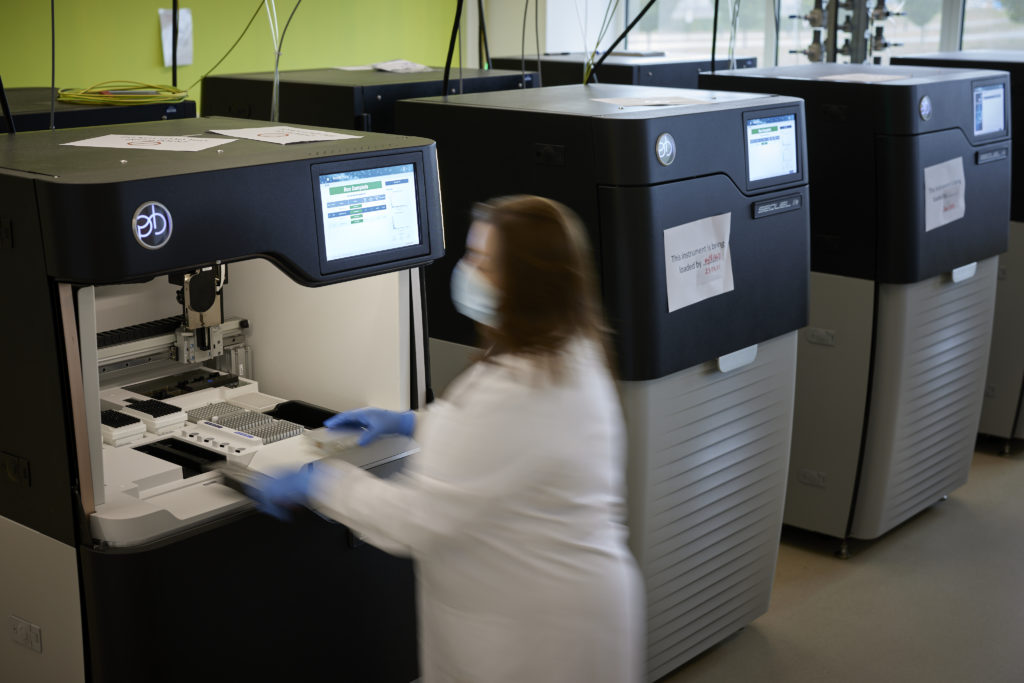
The Darwin Tree of Life genome assembly from Morgan is not the first time Orcinus orca has been sequenced. Indeed, Andy worked with Baylor College of Medicine to generate a genome from his samples back in 2013, with a paper in Nature Genetics published two years later.
This genome assembly was gold standard for the technology available at the time, with large portions of the code (known as ‘contigs’) pieced together along ‘scaffolds’. It was good enough to allow Andy to undertake several new studies, including on the genetic variation between those different orca ecotypes, and on how genetic bottlenecks have arisen in the species – a dangerous situation when genetic diversity in one group drops dramatically.
What this genome didn’t do was take Andy’s research to the next level, by arranging Morgan’s genetic code along the structure of her chromosomes. “When I first reached out to Darwin Tree of Life in 2019, chromosome-level genomes were not common but were increasing in numbers. This was one of the first projects aiming to do this for a huge number of species.”
How will these genomes help us better understand killer whales?
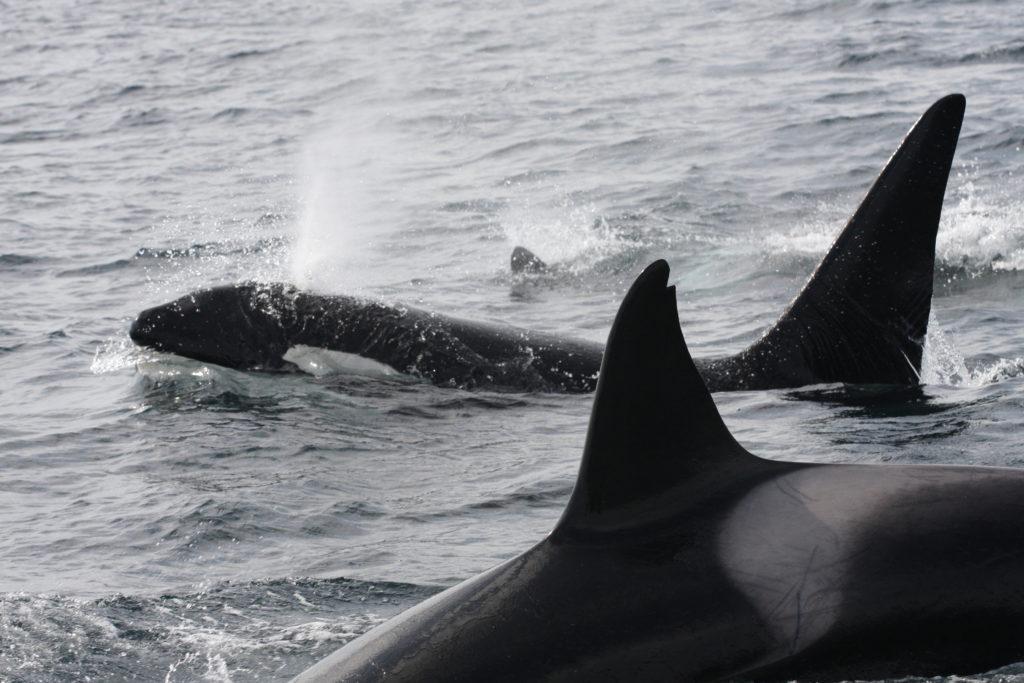
One issue Andy wants to dig into is inbreeding. This can be done by looking at something called ‘runs of homozygosity’ – these strings of identical haplotypes (the genes inherited from one parent) are longer in smaller, more inbred groups. But you can’t work out how long these strings are unless you know where they sit on a chromosome-level genome assembly.
“Obviously, there’s a lot of UK funding that has gone into this genome,” says Andy. “And one of the populations with the most inbreeding lives off the west coast of Scotland. So I think it will be really helpful for monitoring killer whale populations around Britain and Ireland, and understanding how healthy those are.”
Another area Andy wants to explore is something called ‘structural variation’ within the genome. This happens when bits of the genetic code are inverted, deleted or inserted. Such changes can affect morphology (how an organism looks), ecology (how it fits into its environment), and ultimately its evolution into something else.
The spread of killer whales into the waters north of Britain after the last ice age, all the way to Iceland, can also be explored. Andy has previously studied DNA from an 8,000-year-old fossil orca dug out of a quarry in Denmark. He explains that, “With highly damaged ancient DNA, it is really important to have a reference genome that is more closely related to the genome you’re sequencing – like Morgan’s.”
“This genome will be the last piece to many of these puzzles,” says Andy. “And we can get to work now it’s ready.”
Read our Genome Note for Orcinus orca at the Tree of Life gateway on Wellcome Open Research.
